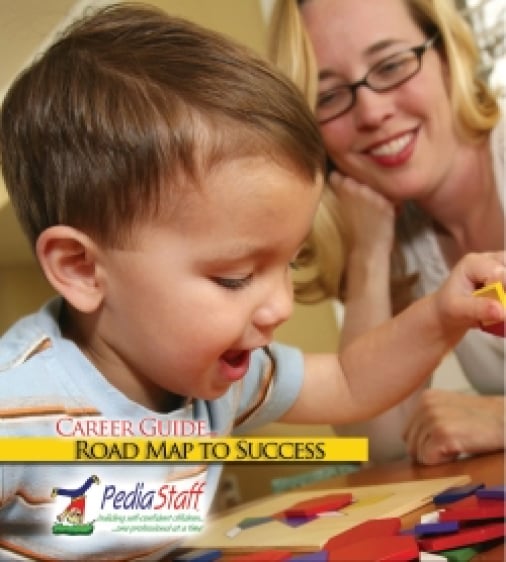Stem Cells – A New Frontier in Autism Research
[Source: Autism Speaks]
Ricardo Dolmetsch, Ph.D. has a vision for autism research. Using pluripotent stem cell (iPSC) technology to create rare stem cells from other “common” cells of the human body cells, Dolmetsch and his lab at Stanford study neurodevelopmental disorders such as autism.
Unlike embryonic stem cells or adult stem cells which are isolated from existing and often difficult to obtain tissues, iPSC’s are “created” from easy to obtain and plentiful sources, such as skin or hair samples. This is accomplished through a unique process where cells are developmentally regressed to an earlier state.
To appreciate the concept of a stem cell, consider a seed. As a single cell it holds the potential to grow into an adult plant. It is a “stem cell” – one that can change or develop into any cell of the plant, from a leaf cell, to a flower cell or into a root cell. Through iPSC technology, this process is reversed. Scientists can developmentally regress an adult cell into an earlier cell like a seed. In short, scientists can turn a piece of a leaf into a seed, which could then grow into any cell of the plant. Though this does not at all imply that science can create a whole person from a skin sample, it does, however, allow researchers to easily create a variety of cells that can then be used for scientific study.
Read the Rest of this Article on the Autism Speaks Blog
PediaStaff is Hiring!
All JobsPediaStaff hires pediatric and school-based professionals nationwide for contract assignments of 2 to 12 months. We also help clinics, hospitals, schools, and home health agencies to find and hire these professionals directly. We work with Speech-Language Pathologists, Occupational and Physical Therapists, School Psychologists, and others in pediatric therapy and education.
